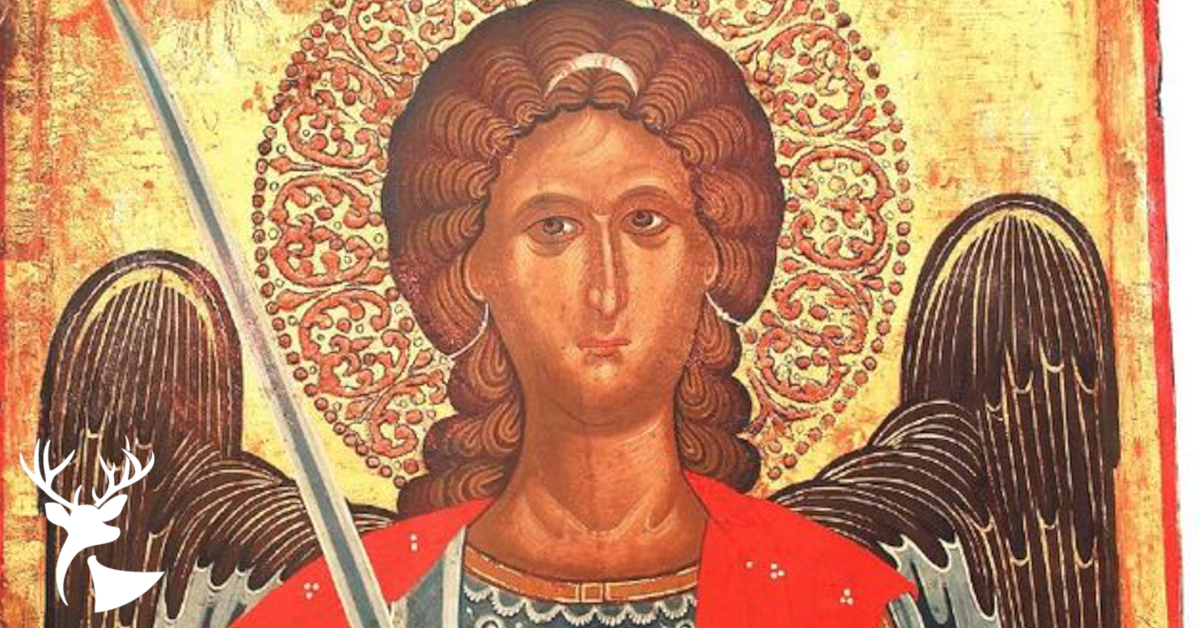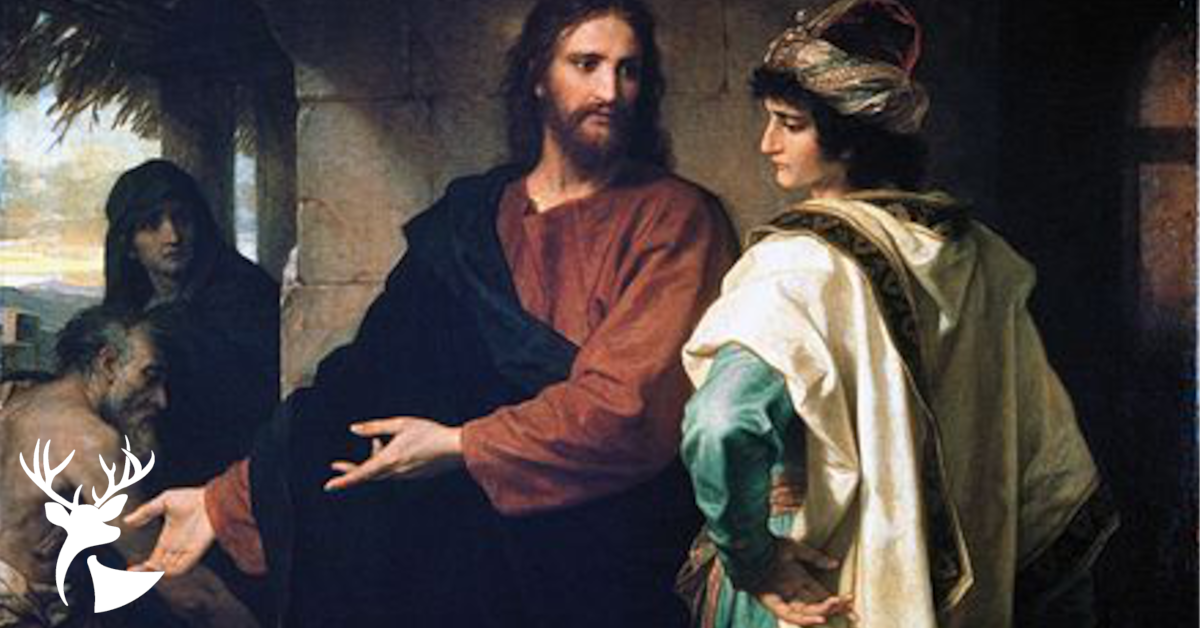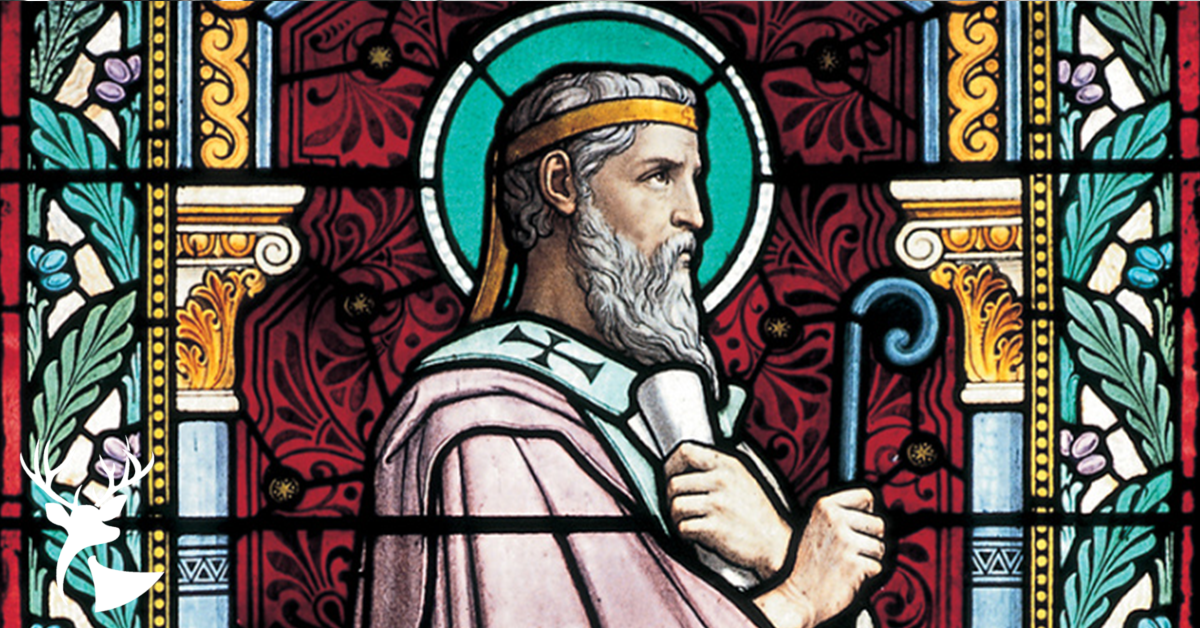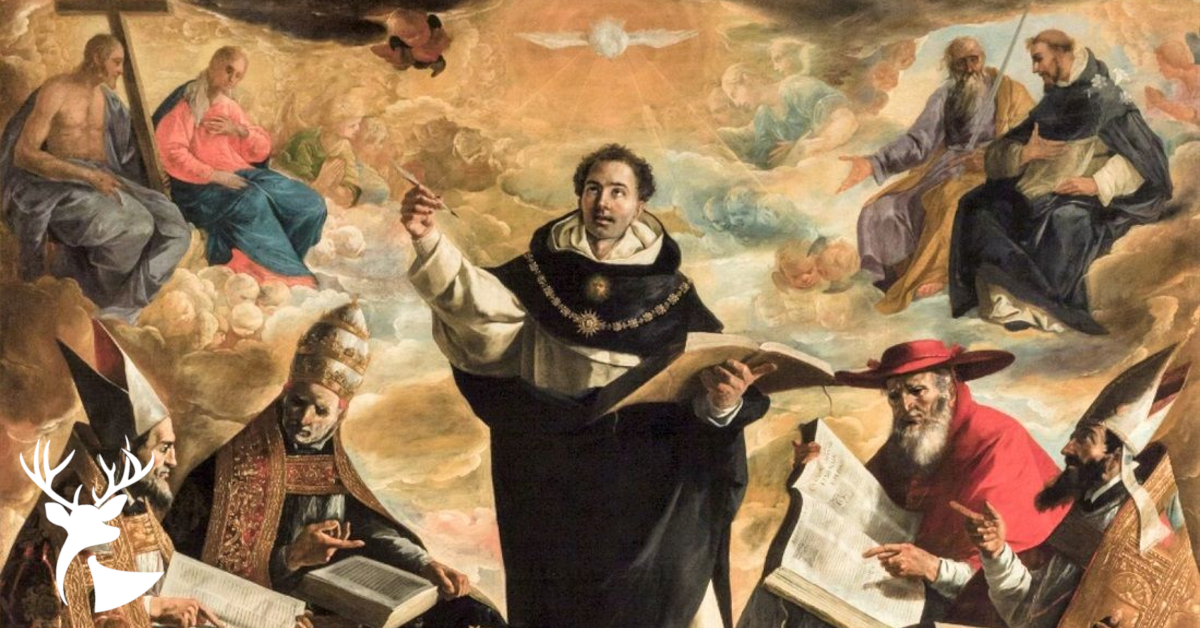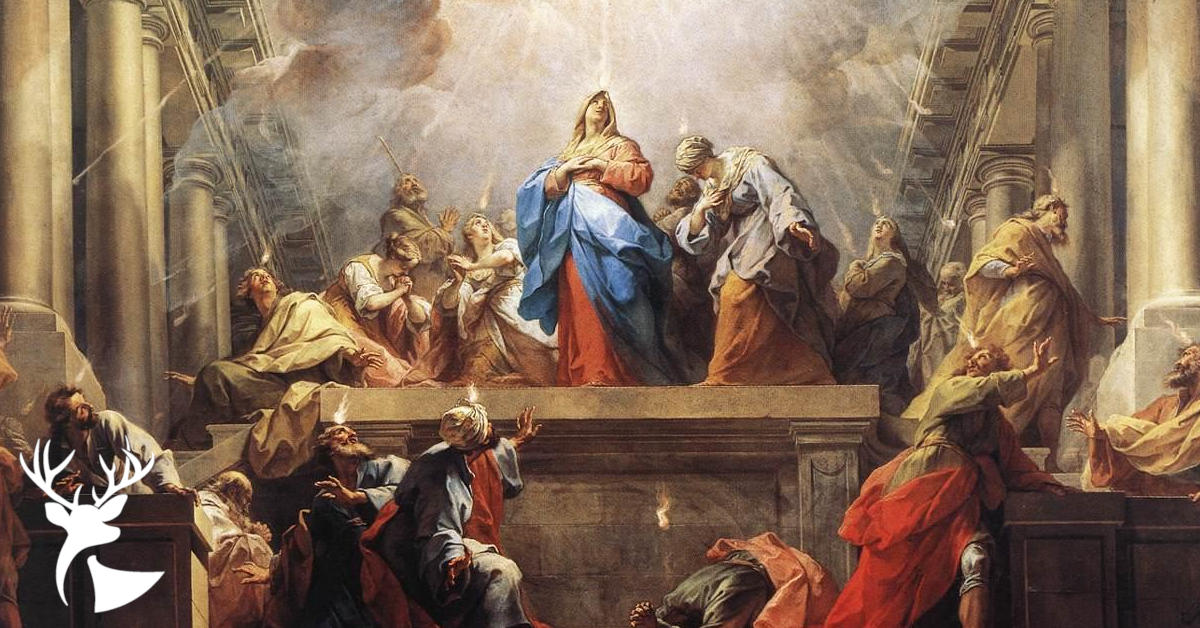
Mason Beecroft is a freelance Catholic writer in the Diocese of Tulsa & Eastern Oklahoma.
Mason Beecroft is a freelance Catholic writer in the Diocese of Tulsa & Eastern Oklahoma.
← Return to EssaysStay Connected!
“So, faith procures this for us, as the elders, the disciples of the apostles, have handed down to us, firstly, it exhorts us to remember that we have received baptism for the remission of sins, in the name of God the Father, and in the name of Jesus Christ, the Son of God, who was incarnate, and died, and was raised, and in the Holy Spirit of God; and that this baptism is the seal of eternal life and rebirth unto God, that we may no longer be sons of mortal men, but of the eternal and everlasting God, and that the eternally existing God is above everything that has come into being and everything is subjected to Him, and that which is subject to Him is all made by Him, so that God does not run nor is Lord over what is another’s, but over His own, and all things are God’s: and therefore God is the Almighty and everything is from God.”
—St. Irenaeus of Lyons
Demonstration of Apostolic Preaching, 1:3
In the above summary of the Rule of Faith, Irenaeus emphasizes baptism in the name of the Father, Son and Holy Spirit as the means by which God saves sinners and gives them the new birth of eternal life, making them His sons and daughters and heirs of His Kingdom. Irenaeus also stresses that God is the creator and ruler of all things and there is no other god. While these teachings are at the core of the the apostolic faith of the Church, it was necessary for Irenaeus to recount them for the early Christians as they were being confronted by false teachers who were distorting them.
Irenaeus likened such false teachers to people who would take a beautiful mosaic of a king, made out of precious stones by a skillful artist, and then rearrange the tiles and jewels to make a picture of a dog or a fox, thus destroying the image of the king. These heretics, according to Irenaeus, misuse and rearrange the scriptures for their own end: “In the same way, these people patch together old women’s fables, and then pluck words and sayings and parables from here and there and wish to adapt these words of God to their fables.” (Against Heresies, 1:8:1)
As such, Irenaeus believed it was essential for the church to clearly outline its teachings so that its members would not be led astray by false teachings, which turn the image of the king into a fox and threatens the message of salvation in Christ. The purpose of the Demonstration, therefore, is very straightforward. In the opening paragraph, Irenaeus addresses Marcianus with a “summary memorandum” so that he may “understand all the members of the body of truth.” In other words, it is a catechetical treatise that outlines Christianity. This is the earliest summary of Christian teaching outside of the biblical canon, although in it Irenaeus follows the examples of the great speeches in Acts, recounting all the various deeds of God culminating in the exaltation of His crucified Son, our Lord Jesus Christ, and the bestowal of His Holy Spirit and the gift of a new heart of flesh for humanity. It is most remarkable that Irenaeus relies almost exclusively on the witness of the Old Testament for his summary of the faith, citing the New Testament only six times.
As the bishop of Lyon, Irenaeus took seriously the charge that St. Paul gave to Timothy: “Hold to the standard of sound teaching that you have heard from me, in the faith and love that are in Christ Jesus. Guard the good treasure entrusted to you, with the help of the Holy Spirit living in us” (2 Tim. 1:13-14). So when Valentinian Gnostics began teaching that the “god” of the Old Testament was a lesser demiurge to Sophia, who offered a true, secret knowledge to the enlightened, Irenaeus was compelled to respond. While Gnostic teachings were diverse and had many schools of thought, they generally denied the goodness of creation and matter, locating reality and salvation only in the “spiritual” realm or in the possession of “knowledge.” The human body, then, was merely reduced to a useless shell, which amounted to a denial of the bodily resurrection. Their teachings further rejected the apostolic faith that proclaimed the one eternal Triune God and the beauty of the creation as well as the physical incarnation, life, death, resurrection and ascension of Jesus Christ.
In the Demonstration, Irenaeus exhorts his readers to hold fast to scripture and the apostolic tradition that makes salvation known through Jesus Christ. Irenaeus forcefully argues that all of the biblical witness demonstrates that the one God has revealed Himself to humanity through the patriarchs and prophets in Scripture and in history through His Son, Jesus, by the one Holy Spirit. Thus, God has brought humanity, His creation, out of the mud into a relationship with Himself. God has recreated the human race through the gift of Jesus Christ so that they are no longer under the dominion of Satan, Adam, death and hell, but through Baptism made into a new creation under the rule of Jesus Christ. If Christians follow the false teachings of the Gnostics, then they risk falling back under the reign of sin and death.
“We must keep the rule of faith unswervingly, and perform the commandments of God, believing in God and fearing Him, for He is Lord, and loving Him, for He is Father […] Faith is established upon things truly real, that we may believe what really is, as it is, and believing what really is, as it is, we may always keep our conviction of it firm. Since, then, the conserver of our salvation is faith, it is necessary to take great care of it, that we may have true comprehension of what it is” (St. Irenaeus of Lyons, Demonstration of Apostolic Preaching, 1:3)
For the church, taking great care of faith and having a comprehension of it, reveals the depth of God’s love for us in Jesus Christ as well as our identity as beloved children of the Father through Baptism. In what is known as his “Recapitulation Theory,” Irenaeus taught that Christ reconciled all things to Himself by being born, living, dying, and being resurrected fully human. As the race of humanity under the disobedience of Adam was subject to sin and death, the race of humanity under the obedience of the Second Adam, Jesus Christ, is redeemed and given new life. (cf. 1 Cor. 15) Rather than falling to Satan like Adam, the Second Adam defeats him. Irenaeus united the economy of salvation revealed in scriptures in Jesus Christ, citing further biblical examples such as the faithlessness of Eve and the faithfulness of the Second Eve, Mary.
The importance of Christ reconciling all things to Himself, for Irenaeus, meant that the baptized human had been grafted into a new humanity, made into a new person, capable of communion with God and in the process of being transformed into sons of God through partaking the divine nature. This is often referred to in Christian theology as “theosis” and has profound ramifications for humanity. As we partake of the divine life through the sacramental economy of the Church, we are in the process of being made into the image of God, our very being, transformed by His grace so that in Christ we might be recreated so that we are truly and fully human and join Him in His Kingdom at the resurrection of the body and life everlasting.
So, in the Eucharist, Irenaeus teaches, “For as the bread, which is produced from the earth, when it receives the invocation of God, is no longer common bread, but the Eucharist, consisting of two realities, earthly and heavenly; so also our bodies, when they receive the Eucharist, are no longer corruptible, having the hope of the resurrection to eternity.” (Against Heresies 4.18.5)
More Reading

Mason Beecroft is a freelance Catholic writer in the Diocese of Tulsa & Eastern Oklahoma.


